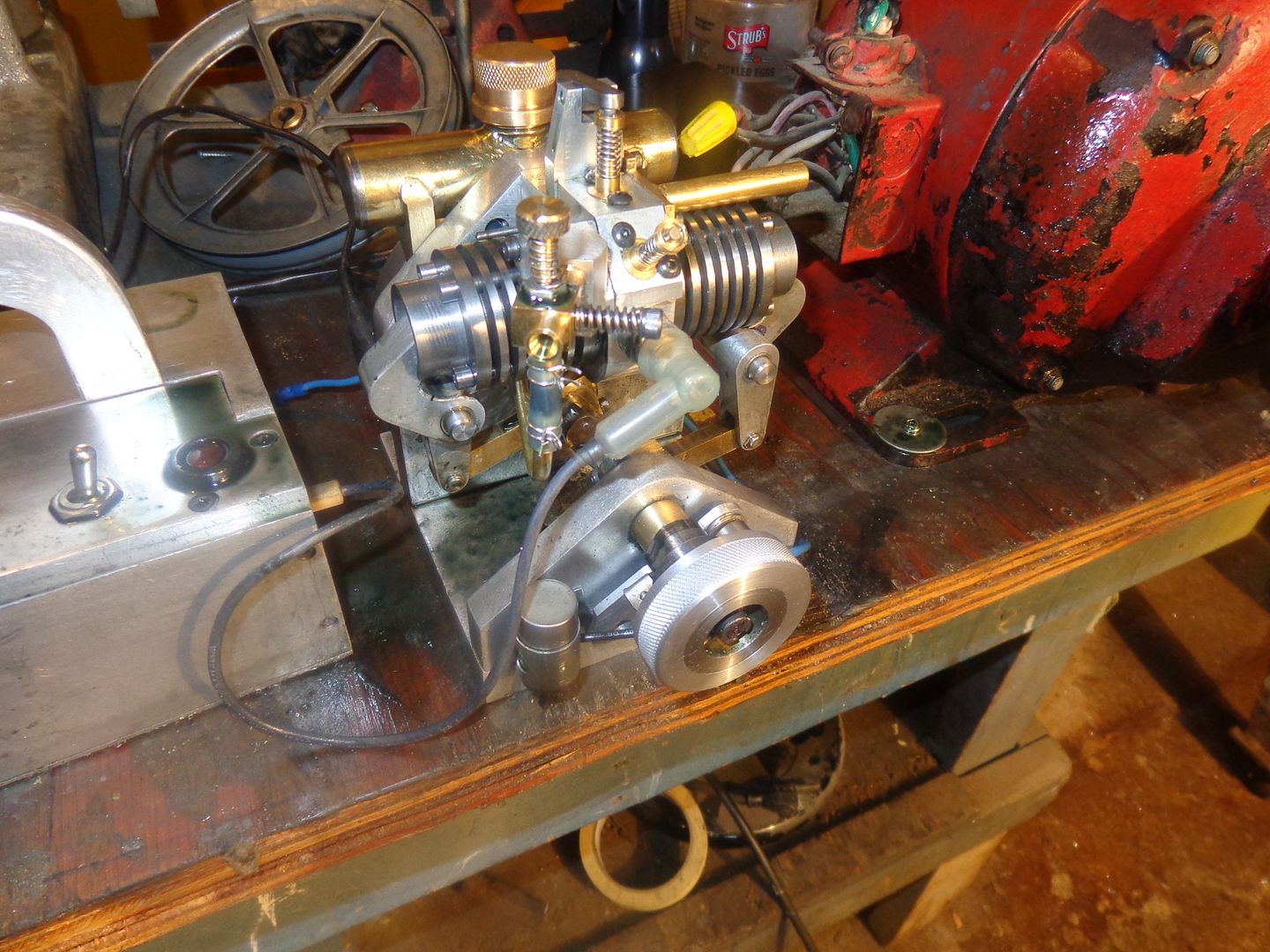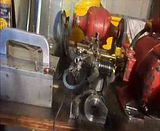BaronJ
Grumpy Old Git.
Looking good.
I'm looking forward to seeing it running too.
I'm looking forward to seeing it running too.














When an engine does that, if its a weak coil


Enter your email address to join: